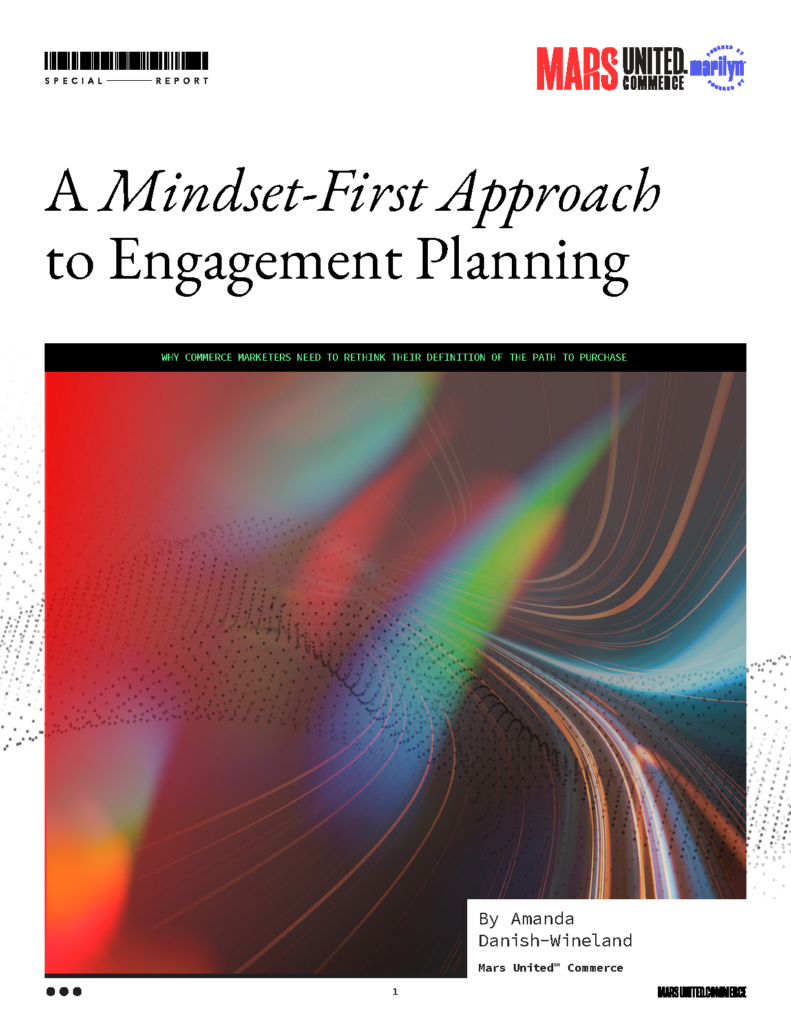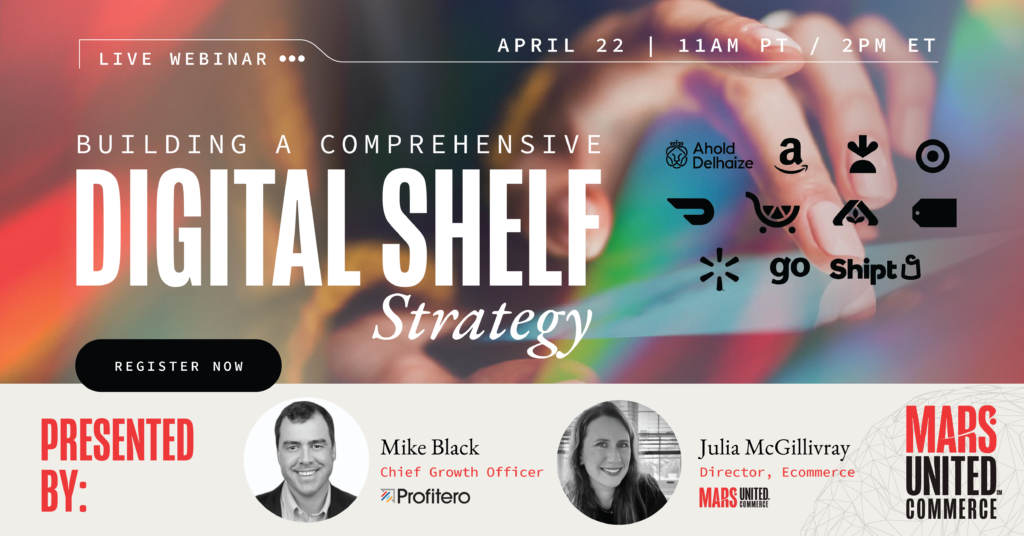Why commerce marketers need to rethink their definition of the path to purchase
By Amanda Danish-Wineland, Mars United℠ Commerce
To download the report, fill out the form below.
 The path to purchase has been one of the guiding principles of commerce marketing since the dawn of the discipline. And its evolution has been a topic of conversation for nearly as long.
The path to purchase has been one of the guiding principles of commerce marketing since the dawn of the discipline. And its evolution has been a topic of conversation for nearly as long.
While it’s true that the path to purchase has evolved, the industry has often complicated the concept in the name of progress and subsequently lost sight of its real value: providing direction for how to create impact for brands, shoppers, and retailers.
What’s more, while everyone assumes there is one universal definition, the truth is that most organizations have slightly different ideas about what the path to purchase is. Is it a series of engagement tactics or media channels? Is it a tactical map of the shopper journey? Is it the “OG” concept of pre-shop, shop, post-shop?
 Perspectives about “the path” became more complicated over the years as new channels of product discovery and purchase like ecommerce and social commerce emerged — to the point that many practitioners now suggest that the path to purchase as embodied by the classic marketing funnel (see right) no longer exists.
Perspectives about “the path” became more complicated over the years as new channels of product discovery and purchase like ecommerce and social commerce emerged — to the point that many practitioners now suggest that the path to purchase as embodied by the classic marketing funnel (see right) no longer exists.
But to paraphrase Mark Twain, reports of the path to purchase’s death have been greatly exaggerated. The path to purchase isn’t dead. It’s just that — to paraphrase another icon, Inigo Montoya — the term might not mean what you think it means. Because in its simplest form, the path to purchase is simply a way for us to methodically think through what the needs, barriers, and considerations of our shoppers are as they buy. The more you try to overengineer it, make it cuter, more ownable, even branded — the less value it ends up having.
At Mars United Commerce, we’ve taken a different approach to the path to purchase that starts with shopper “mindsets” rather than the more traditional focus on behaviors or tactics. And by treating it that way, we’re driving more impactful marketing for our clients. Here’s how we do it.



